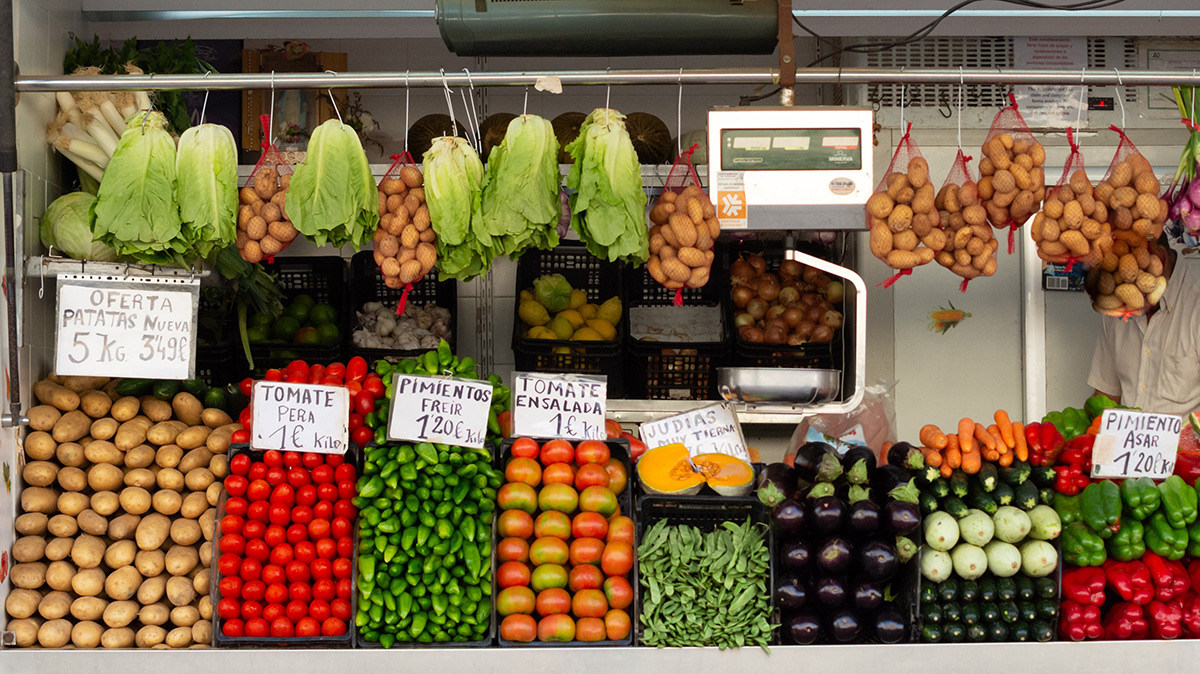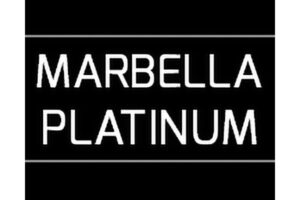So you think you can learn a second language in middle age? Think again, delusional reader. Any honest language teacher will assure you that, once in adulthood, only absolute necessity will enable you to learn a second language successfully. And sadly, mere desire does not qualify as such.
Article by Vivion O’Kelly
The trick is to learn part of a second language, even a very small part, but just enough to get by. Then, as time passes and you get better at it through usage, you may eventually pick up enough to call yourself mildly fluent.
In our case, the language is Spanish, and if you have the marbles to have read thus far without having to trace out each word with your forefinger, you will very likely be capable of learning enough Spanish to make yourself understood at basic level. Not necessarily to understand much – that comes later – but to gain enough knowledge of basic Spanish to have other people understand you, or at least, to make the connections between your hand movements and the words you utter.

Hand movement is very important in second-language learning, and no advice is offered here on this: you either got it or you don’t, although you might be well advised not to jab your finger at your head during a barely intelligible conversation, as my father once did in a bar in Marbella. It took all my own communication skills to convince the owner that we should not be barred. Learn to describe things. A bucket, for example, is “la cosa para el agua”, the thing for water (+ hand description).
As far as understanding what’s being said is concerned, you must remember that you always have time to formulate a question in your head before asking it, while the answer will probably be just a blur of sound to your ears. That’s why regular and constant listening to YouTube videos is essential.
Time now to get down to brass tacks, and the big question is: where to begin? What part of the Spanish language should you learn? Well, forget about grammar. Study it, if you must, as reference, or if you happen to be the kind of person who must always know why something is so. Grammar should be a means of explaining the whys, and little more. Forget too about vocabulary word by word. This is something you build up slowly, although there are some basic words you must learn as a beginner.

Learn who, why, where, when, how, how much/how many, there is/there are, the days of the week, the months of the year, the alphabet, numbers and a few essential verbs, especially the verbs “to be” and “to have”. Almost everything else can be either pointed to or mimed, and once your unfortunate interlocutor guesses the word, he will help you by saying it. A few other words take care of the tenses: today denotes the present, yesterday the past and tomorrow the future. Last year and next year may also be useful here.
There are no easy ways to learn the above, but it tends to be easier if you put words in the context of a sentence, and the best way of doing this on your own is to use a translation app, of which there are many, and one that will reverse translate, given that many sentences in our language do not translate directly into Spanish. Use Google Translate, which has a very useful Phrasebook that can be built up slowly. Then check each new word you learn against a Pronunciation app, of which there are also many. An excellent online dictionary is Linguee, which uses webcrawlers to translate words in parallel sentences in real-life context.

I asked a few experienced language teachers for their advice on learning Spanish. The first was Marianne, and she said to not shop in supermarkets. By that she means going places where you have to use Spanish, like it or not, as in a local grocery store or market. The value of this advice is self-evident, and she means, of course, moving in any circles that forces one to use the new language.
Next I asked Michael. His advice was to rid oneself of the fear of uttering strange sounds. Get used to saying R sounds on the tip of your tongue, and if you can, roll your double Rs. Soften your Ps and Ds, and pronounce the end-of-word ado, for example, as ao, especially in Andalucía. The word “hablado” (spoken) thus becomes “ablao”. He also suggests that we should forget what we might have learned about the Spanish C followed by a slender vowel, the Z and the erroneous teaching of V and B as having a slightly different sound. For a beginner, “Cerveza” is best pronounced “Serbesa”, and “Barcelona” is as in English.

Leila’s advice was to approach a new language as one would visit a large museum. That is, take it one part at a time, rather than suffer an input of knowledge that in the end turns out to be totally indigestible. Don’t spread yourself out, she added, but learn small chunks at a time and use them with confidence, speaking as close to normal speed as you can. She calls it the sí, sí, sí conversation, in which the impatient Spaniard tries to encourage the slow-talking foreigner to get on with it, “por el amor de DIos”.
Sharon suggested that we think in reverse when learning Spanish, and that we use fewer pronouns. By the first she means many beginners tend to forget, in conversation, that while both languages have the same basic word order (subject-verb-object), there are many exceptions. Mummy asks who spilled the milk. “Lo hice yo”, replies the cat, which translates directly as “it did I”. By the second she means that the subject of a sentence does not always have to be stated. “I want to go to the theatre” translates as “Quiero ir al teatro”, without the “Yo”, unless for emphasis. The Spanish language, she adds, also uses “it” less frequently than in English. “It is cold” translates as “Hace frío”.
There are many other idiosyncrasies of the Spanish language that trip up new learners, such as the double negative, the use of “en” to mean on, at or in, the exceptions to the general rule that nouns ending in “a” are feminine (un idioma, el policía etc), the use of double abbreviations like EEUU (Estados Unidos) or FFCC, which we see on railway bridges all over Spain, meaning Ferrocarriles (Railways).

On a less negative ending than beginning, it must be said that for English speakers, Spanish is one of the easiest second languages to learn. Pronounced as spelled, a fairly simple sentence structure and with many words linguistically linked to English through Latin, you may find the first few weeks difficult, because we all lose concentration with age, but if you study for short – and I mean very short – periods every day – and I mean all the days without exception – you should certainly learn enough Spanish in six months to begin basic conversation. And from there on it gets a lot easier.
Or do as my mother, a Latin scholar, did many years ago. She added “o” on the ends of Latin words, and it worked surprisingly well. ☺



































































